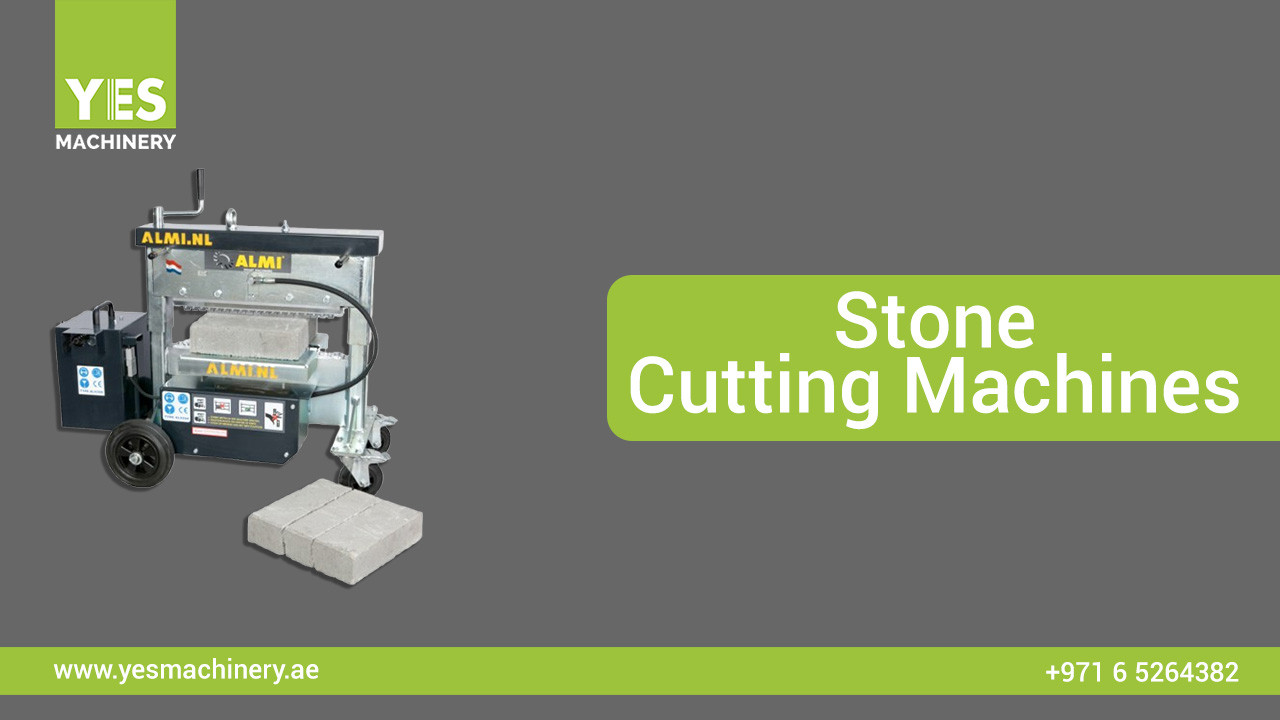
Crane Counterweights and Its Importance
- Category Lifting and Manipulation
In the construction industry, cranes are essential equipment for a variety of projects since they are crucial for lifting and moving large loads. The counterweight is a vital component of crane operations that is frequently disregarded. It plays a key role in the safety and effectiveness of this huge equipment.
We shall examine the idea of counterweights and their importance in guaranteeing safe and steady lifting operations in this blog post. Come along as we explore the types of counterweight systems, important considerations, and how it’s beneficial while using mobile cranes or portable cranes.
Role of Counterweights in Crane Operations
When it comes to crane operations, a counterweight is a mass—typically composed of concrete or metal—that is positioned across from the crane's pivot point to offer stability and balance during lifting.
These counterweights are an essential part of a crane's design because they provide stability and keep the huge loads from being lifted from toppling the crane over.
Crane Types and their Counterweight Systems
Mobile Cranes: Counterweights are majorly used by mobile cranes, including trucks, terrain cranes, and crawlers to stabilize the machine and balance the load being hoisted. Usually found at the rear of the crane, the counterweights can be attached or withdrawn to match varying lifting capacity. Mobile cranes sporadically employ a mix of fixed and movable counterweights to provide the appropriate balance for a given lift.
Tower Cranes: Tower cranes are often observed at construction sites. They are built up of a horizontal jib, a vertical mast, and a counter-jib that grips the counterweights. To fix the crane stable and balanced while lifting, these counterweights are positioned at the other end of the jib. To ensure maximum performance and safety, the number and size of counterweights can be changed based on the weight of the cargo and the jib's reach.
Working of Counterweights
The counterweights of a crane are usually found at the rear of the machine, across from the jib or working arm. Due to the weight of the counterweight balances the load being lifted on the jib side, this deliberate placement helps in maintaining the crane's balance.
The purpose of this arrangement is to ensure maximum stability while performing lifting tasks.
Importance of having Counterweights on Cranes
Even when lifting heavy loads, they keep the crane from toppling over by offering stability and balance. In order to provide a safe and steady working environment, counterweights also aid in reducing vibration and shock from the load being raised during operation.
A further important advantage of counterweights is that they increase the lifting capability and efficiency of cranes. They enable cranes to lift large weights and reach higher altitudes, allowing them to function at their best. Consequently, this enhances the efficiency and economy of construction works.
Considerations When Selecting and Adjusting Counterweights
The right counterweight layout for a crane is determined in large part by the load capacity requirements. Selecting the appropriate counterweight ensures safe and efficient operations. It is helpful if you know the maximum weight of the loads to be lifted as well as the lifting capacity of the crane. Each type of crane, including crawler cranes, tower cranes, hydraulic truck cranes, and boom trucks, has a special counterbalance system developed to meet its demands.
While choosing and modifying counterweights, the constraints and requirements of the workplace must also be considered.
The stability of the crane can be impacted by various factors, including limited space, obstacles, and ground conditions. Consequently, modifying the counterweight design is necessary to ensure a safe working environment.
Mobile Crane Safety
At YES Machinery, we take crane accidents very seriously. The most common cause of crane accidents is incorrect load calculations and the requirement for counterweights. To prevent mishaps, our manufacturer team conducts thorough site inspections and load planning. Our cranes employ a combination of mathematical computations, experience, and manufacturer requirements to guarantee that the counterweights applied are suitable for every load they lift.
Crane load charts are provided with our cranes, and we make use of this data to schedule our lifting plans for each lift that our cranes perform. Crane load charts include the necessary information to ensure that the vehicle is set up for optimal safety, that the boom angle is sufficient, and that the proper counterweights are employed.
Choose Eepos Counterbalance Cranes for lifting
Counterweights play a critical role in the stability and efficacy of cranes, making them a vital part of any successful operation.
We at YES Machinery take great satisfaction in offering counterweight balance cranes from Eepos, together with trained personnel who can help you choose the right counterweight configuration for your unique tasks.
Related Blogs

Search
Latest Blog

Industrial Applications of Plasma Cutting Machine

Top Industrial Equipment Suppliers in UAE

Key Advantages of Stone Cutting Machines
Categories
- Assembly and Lean
- Cleaning Machines
- Cleaning Robots
- Cutting, Notching, Punching
- Edge Preperation
- Grinding Machines
- Industrial Vacuum Cleaners
- Lifting
- Lifting and Manipulation
- Machines
- Marking Solutions
- Metal Forming
- Metal Joining and Fastening
- Packing
- Pipe Handling
- Storage Solutions
- Sweeper Tool Carrier
- Vacuum lifting machine
- Warehousing and Storage
- Welding


































































































































